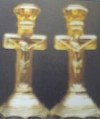Carnival Glass 101 | home Quick Reference to Carnival Glass Patterns
Fenton Scrapbook
FENTON - The Early Years
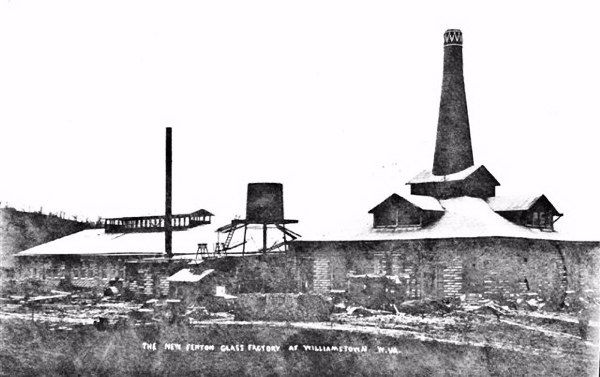
Earliest known photograph of newly constructed Fenton Factory.
Factory manager Jacob Rosenthal recruited skilled glassworkers from other factories in the Ohio Valley as soon as the new glass plant became operational. The first piece of Fenton glass, a crystal creamer in pattern No. 8 (now called Waterlily and Cattail) was made. Rosenthal's expertise brought success to the company with opalescent glass and an apaque color called Chocolate. Fenton began marketing its new “Iridescent Ware” products in late 1907. They were popular for nearly two decades.
The picture of the Fenton factory under construction was taken from a postcard dated January 31, 1907
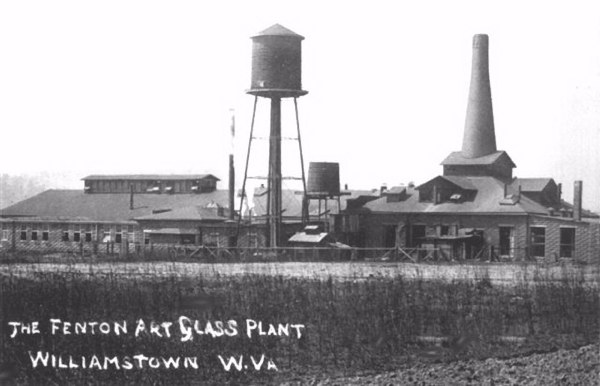
Ground broken for new plant in the fall of 1906. Furnaces were fired in December.
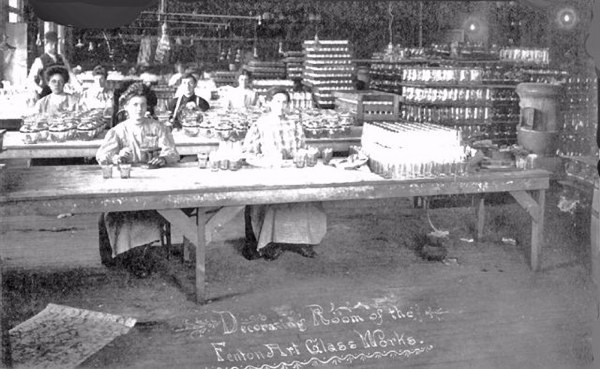
Decorating began with blanks purchased from nearby manufacturers.
The “blanks” were decorated with designs created by Frank L. Fenton, who had done that sort of work for several employers prior to founding his own business. In 1907, decorating was an important part of the Williamstown operation. Charles Fenton had been a decorator for the Northwood plant in Indiana, PA in 1900, and was in charge of the new decorating endeavor at Fenton Glass. Decorated lemonade sets were quite popular until the Depression years when hard times diminished demand for other than practical items. The decorating department was phased out.
Decorated glassware became fashionable once again during the 1960s, when then President Frank M. Fenton and his brother Bill, who was Vice-President, decided to restart the Fenton decorating department. They convinced Louise Piper to join their team, leaving Jeannette, PA, where she had worked for Jeannette Shade and Novelty Co., Westmoreland Glass Co. and a china decorating plant since she was a young girl of 13. She was known for her design called Violets in the Snow, among many other fascinating designs she developed over the ensuing years. Louise retired in 1989 at the age of 81.
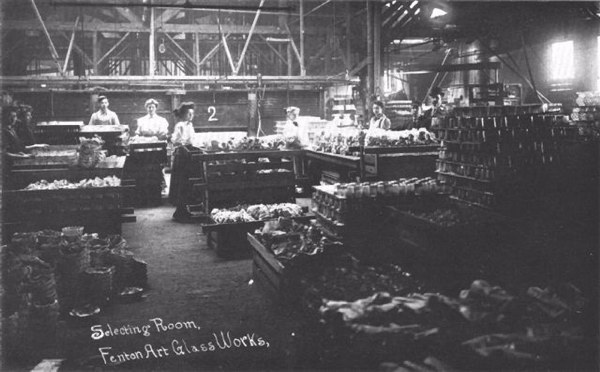
Selecting Room - Circa 1907
This is where the glass was checked before packing. Coinspot pitchers can be seen at the far right of the room.
June 29, 1940 -THE DAY THE STACK FELL
80 feet high, containing some 75,000 bricks weighing approximately 280 tons, the stack was part of the original plant erected in 1906. The stack, though still in use had been repaired several times. Seven or eight years is the normal lapse of time between repairs. The plant is closed, the crown fire put out, the furnace permitted to cool, and mortarmen examine the entire chimney. Bricks are replaced, seams and joints are pointed, and other danger spots attended to. The stack had probably been checked at least three times -1915, 1923 and 1930 being the likely inspection dates. Because of the Great Depression, an overhaul which was due in the late `30s had been delayed. Obviously, it had been delayed too long!
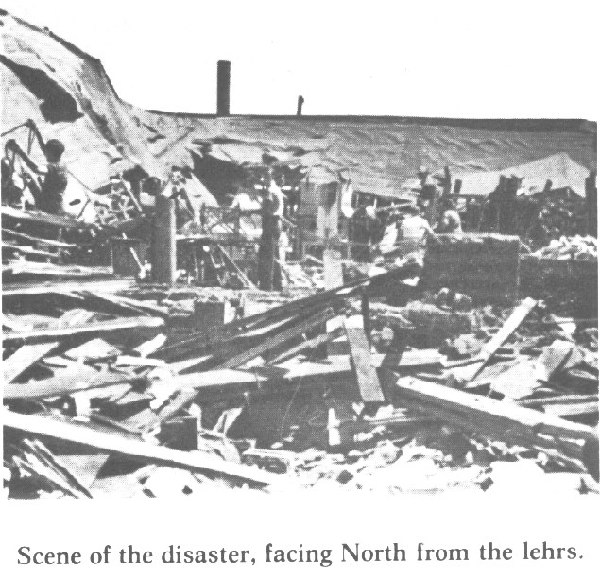 |
|
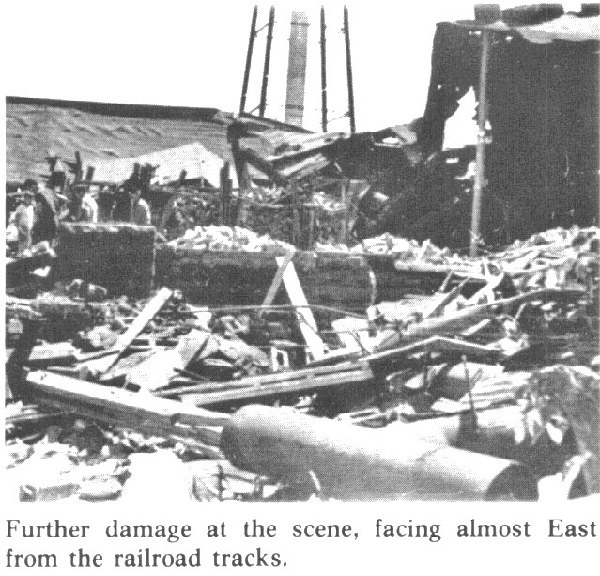 |
|
 |
|
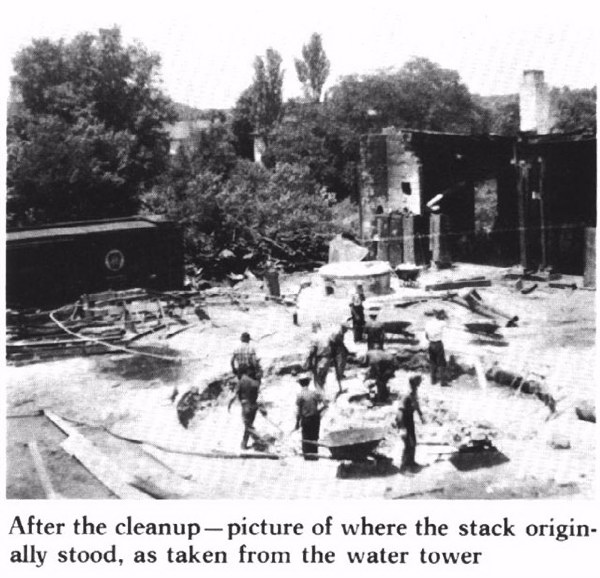 |
Frank O. Myers
|
Frank M. Fenton
|
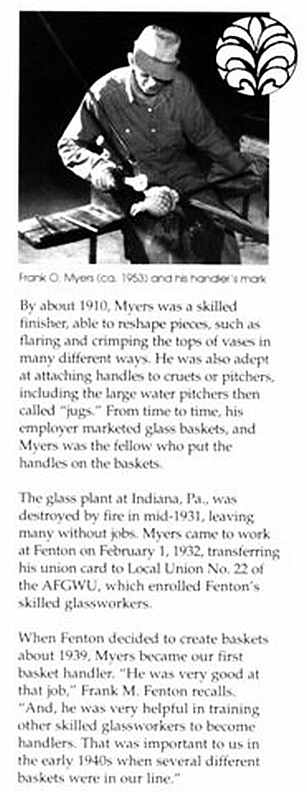 This photo and the attached story, along with the 1906 Fenton Factory photo were taken from 2005 Dawn of a New Century, the product catalog for that year, along with comments by the late Frank M. Fenton in celebration of the 100th Anniversary of Fenton Art Glass Company.
|
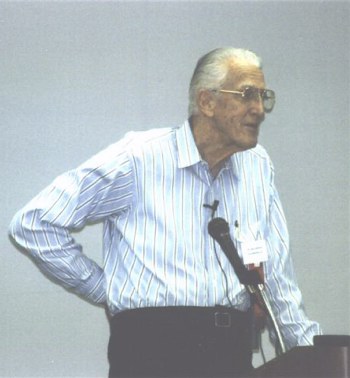 The photo of the late Frank M. Fenton was taken while he stood at the podium, making a presentation on glassmaking procedure while attending the San Diego/Southern California Combined Convention during the early 1990s.
He will go down in carnival glass history as a prime and significant promoter -supporter of all efforts to place carnival glass squarely in the spotlight.
He traveled the United States, speaking before numerous groups of collectors about the benefits of “our glass”.
Anyone who visited the Fenton factory was welcomed into his private office for a chat about the “latest particulars” of interest.
He actively helped those who would write about iridized glass.
Frank is assuredly never to be forgotten by anyone who took the time to discuss glass with him.
|
The other photos in this commentary are from Fenton Glass-The First Twenty-Five Years, c. 1978 by William Heacock and Fenton Glass-The Second Twenty Five Years, c. 1980 by William Heacock.
|
|
Dean & Diane Fry, 2/2007

back to Carnival Glass 101
Should you care to contact the Frys, their email address is:
Search Carnival Glass 101
Our other sites you may enjoy:
Everything you EVER wanted to know about Indiana Glass
Great Reference for Newer Carnival Glass.
Complete Glassware Catalogs Available to Download
Questions? Comments? Suggestions? Broken Links? Corrections?
Your Friendly Webmaster is here to help!
